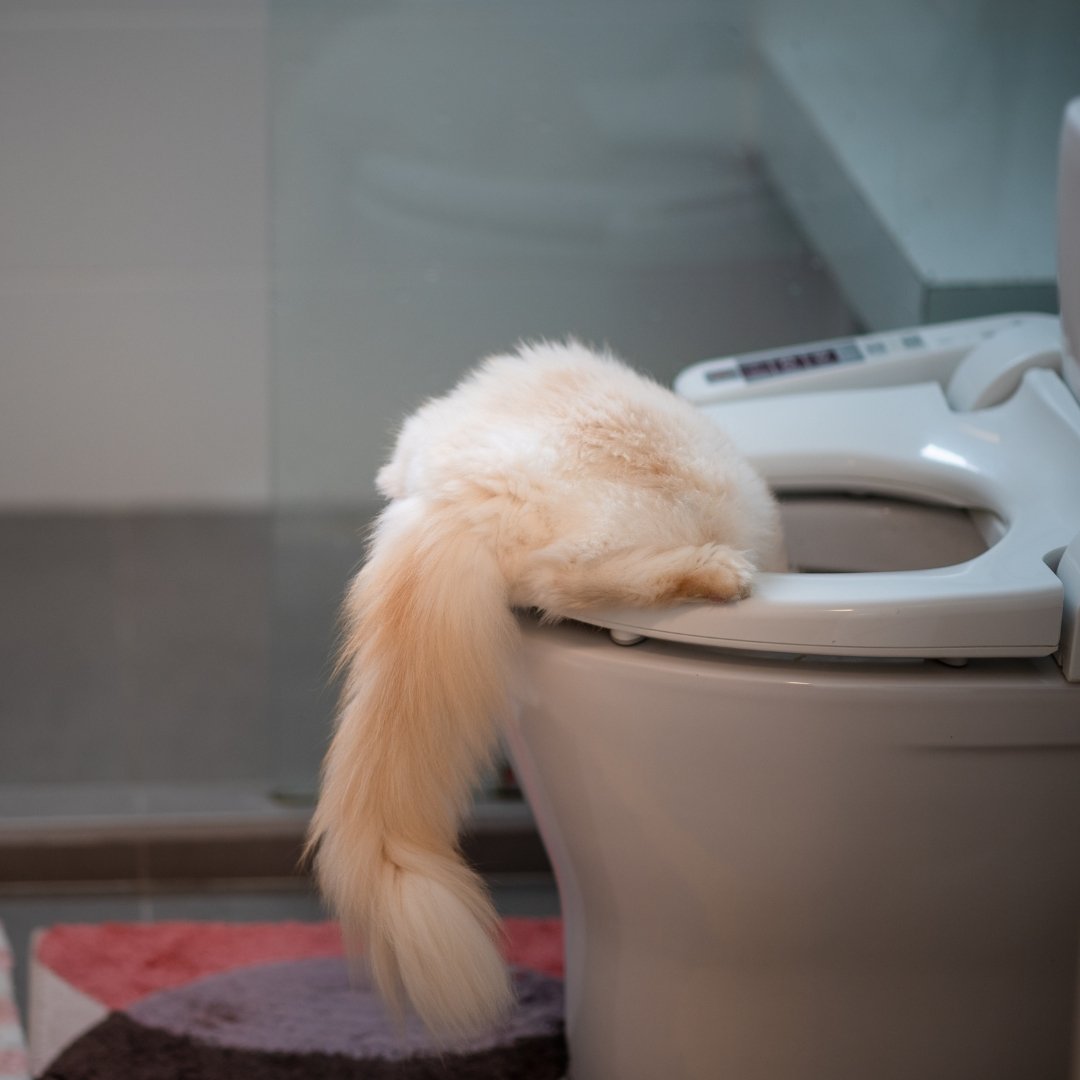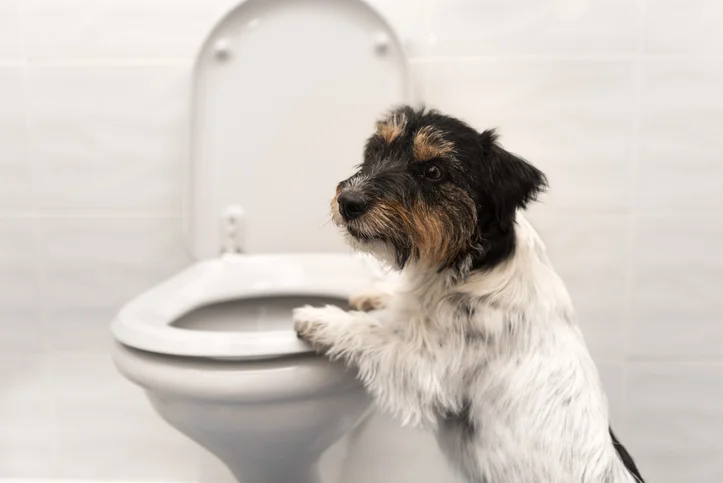Your Outcomes of Flushing Animal Waste Down the Toilet
Your Outcomes of Flushing Animal Waste Down the Toilet
Blog Article
Were you trying to locate facts and techniques concerning Can You Flush Dog and Cat Poo Down the Toilet??

When it pertains to disposing of waste, especially animal waste, many people usually resort to the convenient option of flushing it down the toilet. However, this seemingly easy solution can have serious consequences for the setting and public health. In this short article, we'll explore why flushing pet waste down the commode is a poor idea and provide different approaches for appropriate disposal.
Introduction
Correct garbage disposal is vital for preserving environmental sustainability and public health. While it might appear harmless to purge animal waste down the toilet, it can lead to numerous issues, both for the setting and human health.
Threats of flushing pet waste
Environmental effect
Flushing pet waste introduces dangerous germs and virus right into waterways, which can negatively impact water environments. These microorganisms can infect water sources and damage marine life, interrupting delicate ecosystems.
Public health worries
Animal waste consists of dangerous microorganisms such as E. coli and Salmonella, which can position major health and wellness risks to people. Purging animal waste down the bathroom can pollute water products, leading to the spread of diseases and infections.
Alternatives to flushing
Rather than flushing animal waste down the bathroom, there are a number of alternate disposal approaches that are more eco-friendly and sanitary.
Composting
Composting pet waste is an eco-friendly means to dispose of it. By composting, raw material is broken down right into nutrient-rich soil, which can be utilized to fertilize yards and plants.
Land fill disposal
Disposing of pet read more waste in a garbage dump is another alternative. While not as eco-friendly as composting, it is a safer alternative to flushing, as it protects against the contamination of water sources.
Pet garbage disposal systems
There are specialized family pet waste disposal systems offered that securely and hygienically get rid of pet waste. These systems frequently make use of enzymes to break down waste and remove odors.
Steps to appropriate animal garbage disposal
To make certain correct disposal of pet waste, follow these steps:
Scooping and nabbing waste
Routinely scoop and bag pet waste using biodegradable bags. This stops waste from polluting the setting.
Making use of marked waste containers
Dispose of bagged pet waste in marked waste containers, such as compost bins or landfill bins. Stay clear of flushing it down the commode in any way expenses.
Cleaning litter boxes and animal areas regularly
Consistently tidy litter boxes and pet dog locations to prevent the build-up of waste and germs. Use pet-safe cleansing products to maintain health.
Benefits of correct disposal methods
Taking on appropriate disposal approaches for animal waste supplies a number of advantages:
Decreased environmental pollution
Correct disposal techniques lower the risk of environmental pollution, shielding waterways and ecological communities from contamination
Minimized threat of water contamination.
By avoiding flushing animal waste down the bathroom, the threat of water contamination is considerably lowered, protecting public health.
Enhanced cleanliness and health
Correct disposal approaches promote better sanitation and hygiene, creating a safer atmosphere for both people and animals.
Verdict
Finally, purging animal waste down the bathroom is damaging to the atmosphere and public health. By embracing alternative disposal methods and following correct waste monitoring techniques, we can lessen the unfavorable impact of pet waste and add to a cleaner, healthier earth.
What To Do With Dog Poo – The Do's And Don'ts Of Disposing Of Faeces
Dog poo bins
Some councils provide dedicated dog waste bins in popular dog-walking areas that can take dog poo that has been bagged but you can legally dispose of dog waste in any public litter bin, as long as it is securely bagged. This also applies to your wheelie bin at home.
Do not flush
Water companies do not recommend flushing dog faeces down the toilet because certain parasites can survive the water processing treatment and are potentially harmful to humans. You should also never consider flushing dog poo that has been bagged down the toilet as the bags will not break down and instead create severe blockages in the sewage system.
In the woods
The Forestry Commission promotes a ‘stick and flick’ method for dealing with waste in the woods. This means finding a stick and using it to flick any poo from off the path so that it is out of the way of other walkers. You could also bury it as long as it is not in an area where there might be livestock.
Livestock
Parasites found in dog poo can be transmitted to livestock if they inadvertently eat infected faeces that has been left on grazing land. This could result in the death of sheep or abortion in cattle so you should always make sure you pick up your dog’s waste in fields where livestock could be present.

Consistently tidy litter boxes and pet dog locations to prevent the build-up of waste and germs. Use pet-safe cleansing products to maintain health.
Benefits of correct disposal methods
Taking on appropriate disposal approaches for animal waste supplies a number of advantages:
Decreased environmental pollution
Correct disposal techniques lower the risk of environmental pollution, shielding waterways and ecological communities from contamination
Minimized threat of water contamination.
By avoiding flushing animal waste down the bathroom, the threat of water contamination is considerably lowered, protecting public health.
Enhanced cleanliness and health
Correct disposal approaches promote better sanitation and hygiene, creating a safer atmosphere for both people and animals.
Verdict
Finally, purging animal waste down the bathroom is damaging to the atmosphere and public health. By embracing alternative disposal methods and following correct waste monitoring techniques, we can lessen the unfavorable impact of pet waste and add to a cleaner, healthier earth.
What To Do With Dog Poo – The Do's And Don'ts Of Disposing Of Faeces
Dog poo bins
Some councils provide dedicated dog waste bins in popular dog-walking areas that can take dog poo that has been bagged but you can legally dispose of dog waste in any public litter bin, as long as it is securely bagged. This also applies to your wheelie bin at home.
Do not flush
Water companies do not recommend flushing dog faeces down the toilet because certain parasites can survive the water processing treatment and are potentially harmful to humans. You should also never consider flushing dog poo that has been bagged down the toilet as the bags will not break down and instead create severe blockages in the sewage system.
In the woods
The Forestry Commission promotes a ‘stick and flick’ method for dealing with waste in the woods. This means finding a stick and using it to flick any poo from off the path so that it is out of the way of other walkers. You could also bury it as long as it is not in an area where there might be livestock.
Livestock
Parasites found in dog poo can be transmitted to livestock if they inadvertently eat infected faeces that has been left on grazing land. This could result in the death of sheep or abortion in cattle so you should always make sure you pick up your dog’s waste in fields where livestock could be present.

We hope you enjoyed reading our part about 10 Things You Should Never Flush Down The Toilet. Thanks a ton for taking a few minutes to browse our short article. Do you know another person who is fascinated about the topic? Feel free to share it. We love your readership.
Request Estimate Report this page